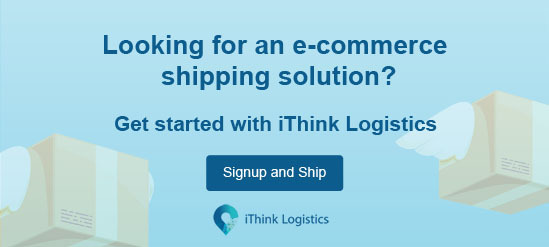Remember when the rise of E-Commerce in India that gave the early anxiety of making payments over the internet? Despite the fact that there has been a huge ascent in online transactions in the last few years but Cash on Delivery (COD) still remains one of the most favored methods of payments among shoppers in India.
As per Nielsen’s Global Connected Commerce Survey (Business Insider), about 83% of shoppers in India favored utilizing cash for all their online purchases. Customers still hesitate to input card information because of different online extortion dangers. A report features that larger part of the payment made by buyers for online stores like Flipkart, amazon, Shopclues was COD, where 72% were from significant urban communities and 90% from small towns.
Flipkart, which was propelled in 2007, was the primary E-Commerce player after Indiaplaza to offer COD facility in 2010. In fact, it was the Cash on Delivery that made Flipkart a particularly well known web-based shopping platform among the majority.
Why COD is a convenient mode for payment?
Even though versatile wallets and net banking exchanges are on the ascent, still a large portion of the purchasers are still inclined toward the Cash-on-Delivery payment model. Payment choices like Net-Banking, Credit and Debit Cards and e-wallets cater to just 30% of online purchases when compared with Cash On Delivery (CoD).
As per the latest survey it has been seen that despite the low utilization of the Internet in various underdeveloped areas, the E-Commerce sector has significantly increased its turnover from $4.4 billion (Rs 20,020 crore) in 2010 to $24 billion (Rs.240 crore) in 2017.
The online retail segment in India is also expected to reach $1 trillion (Rs 660,000 crore) showcase by 2020, as per an ongoing report by the Confederation of Indian Industry (CII) and Deloitte.
There’s no reason to disagree that COD holds a lot of advantages for the buyers. It has gained trust from the individuals who were skeptical about buying things online.
The dread of online trick
Whether it’s the charm of not having to make an immediate payment while buying something, or be it the lack of enough trust for the buyer, the cash on the delivery concept in e-commerce has gained great popularity among the middle-class Indian individuals, in the past few years. Not only did the concept increased the percentage of people buying things online, but has also contributed to the substantial economic growth of the country.
Advantage of Cash On Delivery over other payment options
The familiarity and Trust
Being a developing country, there are a lot of places in India which has not digitized enough yet. Most people living in the outskirts are unfamiliar with even if they have a bank account or an internet connection. Hence they prefer the familiar and trustworthy way of buying things online. Cash on Delivery in such cases provides reliability and an easy way of making payments.
The Security
One of the major advantages of Cash on Delivery in e-commerce is the maintenance of security. No financial information is given out and hence the customer can stay free of any kind of fraud. It also staves off the tension of refund in case of non-delivery of the product. The customer can pay only after they get the product in hand. In that way, there is no risk of any kind of money loss.
Product Quality issues
Paying via COD, allows the customer to check the quality of the product before payment. In case the product is defective or different he/she can always return it without paying.
The company that pioneered cash on delivery in India
At the point when Flipkart propelled in 2007, the Indian internet business segment was in its early stages. After 10 years, India’s e-commerce business is flooding, on account of the rise of internet users and smartphones. Nonetheless, the audience in India still remains vigorously reliant on the cash on Delivery.
Cash on delivery is the procedure of customers paying for an item face to face on its conveyance. In the event that the COD purchaser refuses to accept the item, the product returns to the vendor. In India, the framework was intended to draw the attention of the purchasers who were skeptical about making payments online. Cash On Delivery has encouraged a significant part of the development of Indian web-based business.
